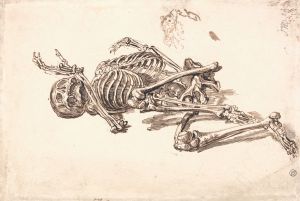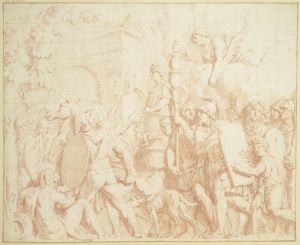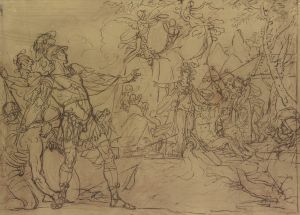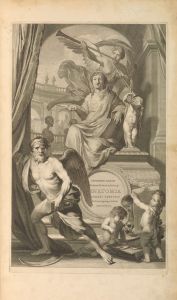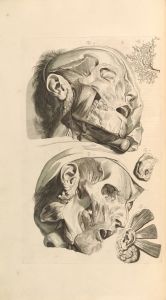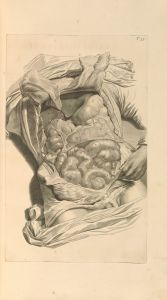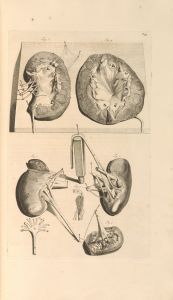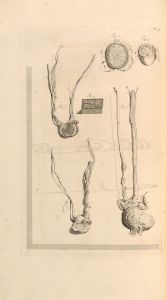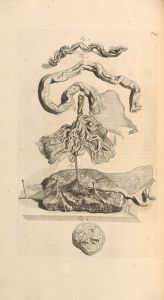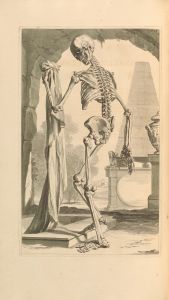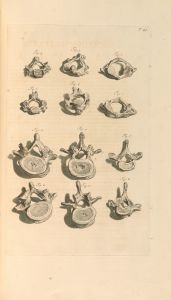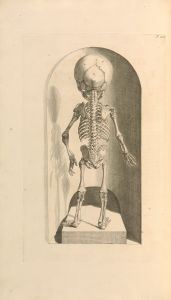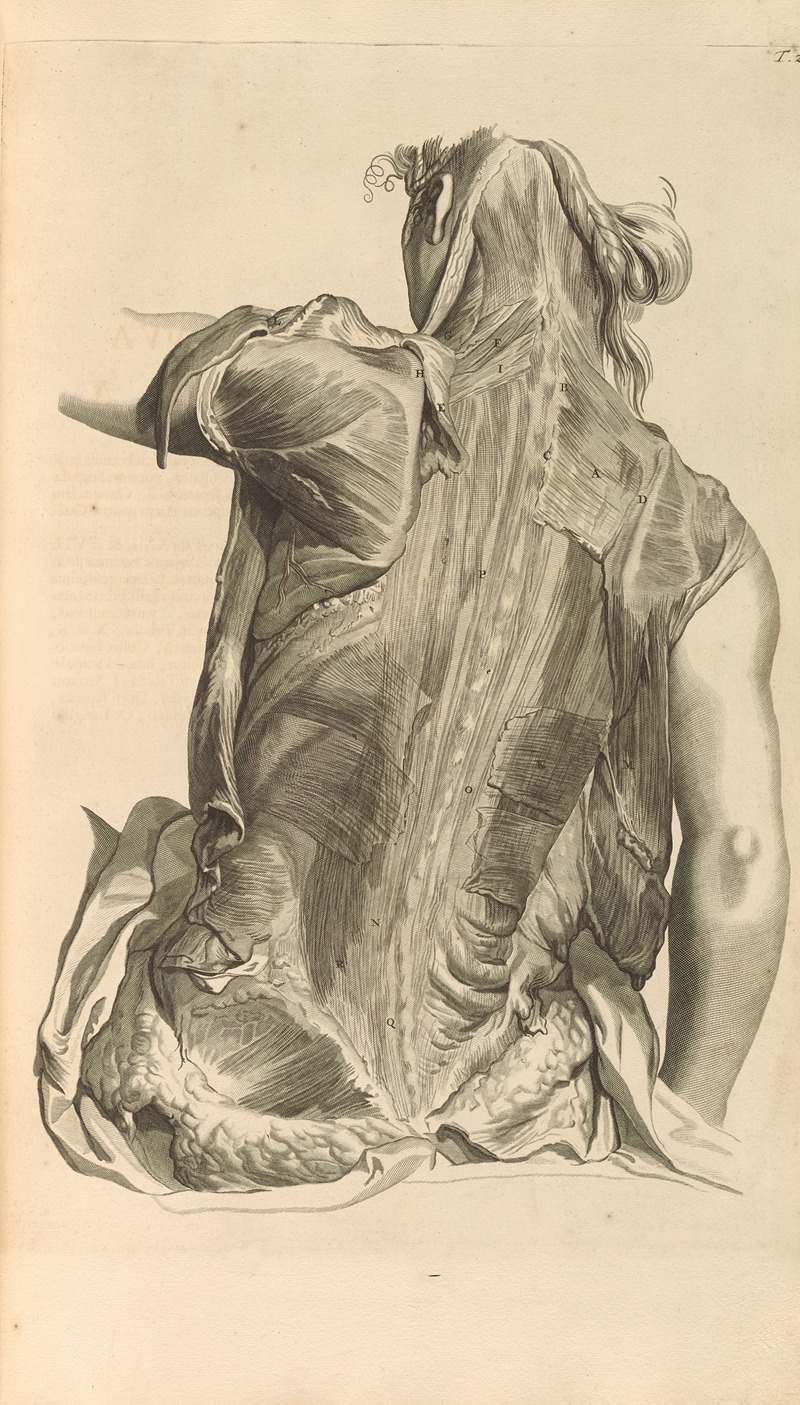
Anatomia humani corporis Pl.029
A hand-painted replica of Gerard de Lairesse’s masterpiece Anatomia humani corporis Pl.029, meticulously crafted by professional artists to capture the true essence of the original. Each piece is created with museum-quality canvas and rare mineral pigments, carefully painted by experienced artists with delicate brushstrokes and rich, layered colors to perfectly recreate the texture of the original artwork. Unlike machine-printed reproductions, this hand-painted version brings the painting to life, infused with the artist’s emotions and skill in every stroke. Whether for personal collection or home decoration, it instantly elevates the artistic atmosphere of any space.
Anatomia humani corporis Pl.029 by Gerard de Lairesse
"Anatomia humani corporis Pl.029" is an anatomical illustration created by Gerard de Lairesse, a prominent Dutch Golden Age artist and illustrator. This artwork is part of the renowned anatomical atlas Anatomia Humani Corporis (1685), authored by the Dutch anatomist Govard Bidloo. The atlas is considered a significant contribution to the study of human anatomy during the late 17th century, combining scientific accuracy with artistic excellence.
Gerard de Lairesse, who was responsible for the illustrations in the atlas, was a highly skilled painter and draughtsman known for his classical style and attention to detail. Despite suffering from congenital syphilis, which eventually led to blindness later in life, de Lairesse produced some of the most detailed and expressive anatomical drawings of his time. His work in Anatomia Humani Corporis reflects a deep understanding of human anatomy and a commitment to portraying the human body with both scientific precision and artistic sensitivity.
The illustration "Pl.029" is one of the 105 plates included in the atlas. Each plate was meticulously engraved by Abraham Blooteling and other skilled engravers based on de Lairesse's original drawings. The plates depict various dissections and anatomical structures, often presented in dramatic poses or settings that reflect de Lairesse's background as a history painter. This artistic approach was intended to make the illustrations more engaging and accessible to both medical professionals and a broader audience.
The Anatomia Humani Corporis was groundbreaking for its time, as it marked a shift from the more schematic and less detailed anatomical illustrations of earlier periods to a more realistic and observational style. The atlas was published in Amsterdam in 1685 and was accompanied by detailed descriptions written by Bidloo. However, it faced criticism from some contemporaries for its perceived focus on artistic elements over purely scientific representation.
Despite the initial mixed reception, the atlas and its illustrations, including "Pl.029," have been recognized as important milestones in the history of anatomical art and medical education. The collaboration between Bidloo and de Lairesse exemplifies the intersection of art and science during the Dutch Golden Age, highlighting the era's emphasis on empirical observation and the pursuit of knowledge.
Today, the plates from Anatomia Humani Corporis are valued not only for their historical significance but also for their artistic merit. They are frequently studied and displayed in museums, libraries, and collections dedicated to the history of medicine and art.





